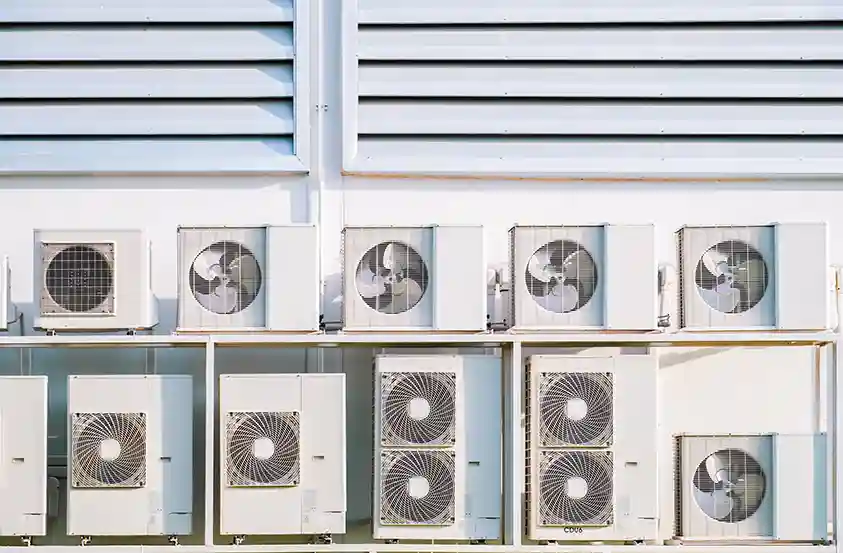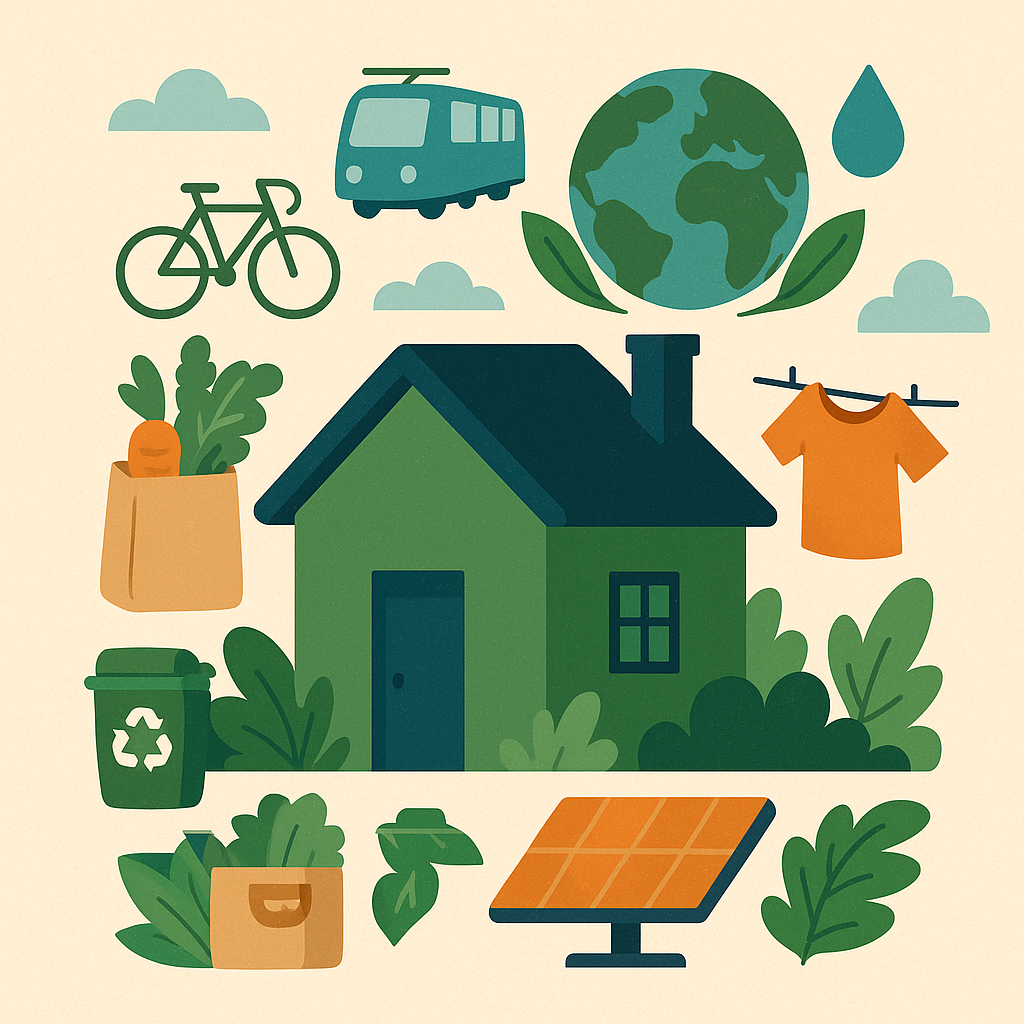Hot summer and use of air conditioners
Summers in the Northern Hemisphere are getting hotter, with heatwaves hitting places like China and the US. To stay cool, many people use air conditioners. However, their use is contributing to rising temperatures and the climate crisis, which could leave up to 75% of people exposed to hazardous conditions by 2100.
The problem of refrigeration and climate
Mark Radka from the United Nations Environment Program (UNEP) points out that cities must find ways to adapt to rising temperatures without using air conditioners, as the latter contribute significantly to global warming. Refrigeration equipment uses greenhouse gases and a lot of energy, which increases carbon emissions.
Rising temperatures in cities
By 2050, around 1,000 cities could experience average summer temperatures of 35˚C, up from 350 currently. This will increase the urban population exposed to extreme heat to 1.6 billion people.
Economic effects of heat
Extreme heat also has serious impacts on the economy. For example, in Dhaka, Bangladesh, economic loss due to heat stress amounts to 8% of the city's GDP, and this figure is expected to rise.
Solutions based on nature
To combat this problem, Radka suggests natural solutions:
Planting trees and forests in cities: Trees cool the environment by shading roads and buildings, as well as by evaporating water. A single tree can have a cooling effect equivalent to two household air conditioners.
Water bodies: Lakes, canals and ponds help to reduce urban temperatures.
Green roofs: Rooftop vegetation can reduce air conditioning costs by up to 75%.






